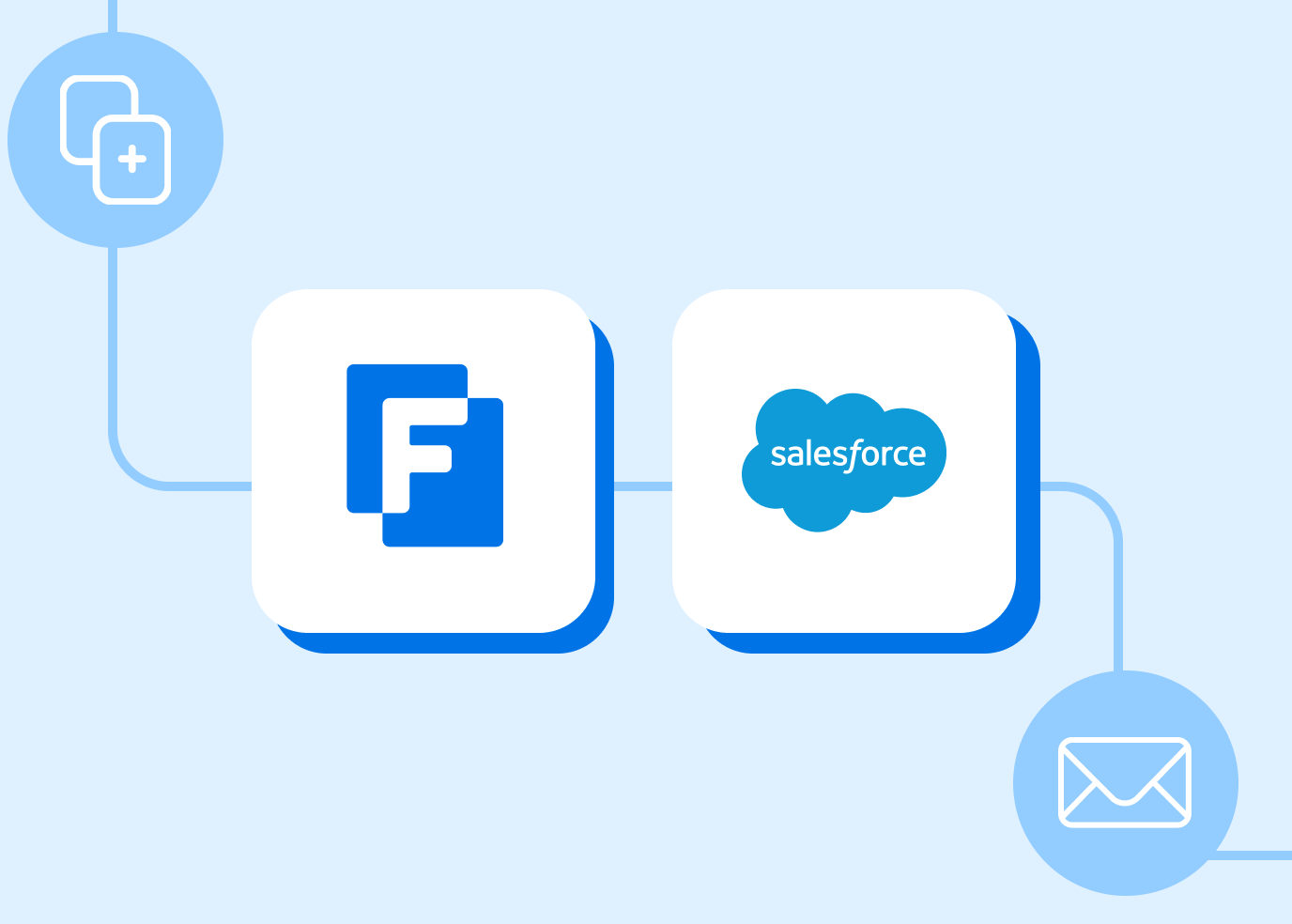Salesforce forms are undeniably powerful at gathering and organizing data. 80% of Fortune 500 companies use Salesforce as their CRM and primary data collection method.
Salesforce forms make it easy to collect specific data from your customers and prospects. Website visitors can contact you, request a demo or trial, submit a support ticket, subscribe to your newsletter, and much more.
But if your Salesforce forms aren’t well-architected, abandonment rates and low conversions r can make your growth goals impossible. Getting people to accurately complete and submit a web form is challenging. The better your forms are at attracting and engaging users, the better the results (and quality of data) you’ll see.
If you’re ready to create Salesforce forms, or need to update them, these steps will keep you aligned with design, usability, and function best practices.
How to build user-friendly Salesforce forms
Follow these best practices to build Salesforce Forms that engage users and help drive higher conversions.
1. Create a simple layout
A single-column layout is simple to complete and helps reduce errors or missed input fields. Single vertical columns of text and fields are the easiest to read and navigate, especially on mobile. The more a user has to zig-zag through a form, the more likely they become frustrated, make errors, or abandon your form completely.
As you build your single-column form, use white space to your advantage. Creating space or padding between each label-field set ensures that users don’t get confused when filling out your form.
2. Group-related fields
Salesforce forms that use logical layouts are more likely to convert. This is because grouping similar information together, such as contact fields and payment fields, reduces friction. Forms with fields grouped from easiest (name) to most time-consuming (credit card number) make logical sense to users.
If your form is longer and more complex, break it into multiple pages to reduce user fatigue. Add a progress bar and save-and-resume option to ensure users can always pause and come back to a form if needed.
>> Get expert advice and strategies for intuitive web form design, and more in our Form Building Best Practices Guide. <<
3. Write clear labels
Labels tell users what type of information needs to be inputted into each field. These labels must be written clearly, and include an indication if a field is required. In a single-column form, place these labels directly above their corresponding fields instead of to the left for easier navigation. Write labels in title or sentence case instead of all caps.
Be sure to left-align all labels and group them closely with their input fields. Creating white space between each of these groups will also make it clear which label goes with which input.
4. Provide real-time validation
In-line validation gives users a chance to correct errors immediately after they occur. This is a helpful way to ensure users can successfully fill out your Salesforce forms. Inline validation is most commonly used for fields that need specific formatting, such as email addresses, phone numbers, and dates.
If you provide inline validation, make sure the accompanying error message is clear and helpful. Include a message directly above or below the field in question, so it is obvious which field has an error.
5. Prefill fields with known data
Form prefilling has benefits for both the organization collecting data and the individuals filling out the forms. Prefilling improves the user experience by auto-populating data into a form from the user’s record in your database. As long as the user’s data exists in your organization’s database, it will be prefilled on the forms.
Form prefilling also improves the quality of submitted data. Every time data is prefilled into a form for a user, it reduces the risk of creating duplicate records and other user errors.
Finding the right form-building platform
A lot of form-building tools exist, all with specific functions and uses. However, it’s important to note that not all of these tools are created equal. Many form tools have limitations to their capabilities once you try to move beyond simple form or survey building. There are also several security considerations when using apps that access sensitive data.
When weighing the best long-term solution for your organization’s form-building needs, assess your priorities for features, functionality, and security. A data collection platform can extend beyond building Salesforce forms and surveys, to offer a richer set of functionalities to help your entire organization improve data processes, efficiency, and security.
A data collection platform addresses three key areas:
- Collecting your data: A data collection platform goes beyond basic form building and allows you to securely gather a wide range of data, from contact information to financial records.
- Connecting your data: A data collection platform seamlessly integrates with business-critical software and your system of record (CRM) to ensure data is consistent, accurate, and usable.
- Protecting your data: A data collection platform combines advanced privacy and security features with full regulatory compliance to protect your data starting at the point of collection.
FormAssembly: the trusted solution for Data Collection
FormAssembly is a trusted solution for secure data collection, providing a no-code web form builder, powerful integration to Salesforce, and robust security features to help you collect, connect, and protect all kinds of data gathered through user-friendly Salesforce forms.
Overcome your data collection challenges — see how in FormAssembly’s on-demand webinar.
